Quote-Driven vs. Order-Driven Markets: Key Differences Explained 13th July
By CapitalKeeper | Beginner’s Guide | Indian Commodities | Market Moves That Matter
Key Differences Between Quote-Driven vs. Order-Driven Markets
Learn the difference between quote-driven and order-driven markets, how they function, and which system is used in Indian stock markets.
📌 Introduction: Understanding Market Mechanics
Behind every buy or sell order in the stock market is a market structure that determines how trades are matched. The two most common models are:
- Quote-Driven Market (Dealer Market)
- Order-Driven Market (Auction Market)
While both systems aim to match buyers and sellers efficiently, they operate very differently. Whether you’re an investor, trader, or finance student, understanding these systems is crucial to grasp how prices are discovered and trades are executed.
🔍 What is a Quote-Driven Market?
A quote-driven market, also known as a dealer market, is one where market makers (dealers) provide continuous bid and ask prices for a security.
💡 Key Features:
- Dealers stand ready to buy or sell at quoted prices
- Traders transact directly with dealers, not with each other
- The dealer absorbs the inventory and risk
- Common in OTC markets, forex, bonds, and some commodities
🧱 Example:
- NASDAQ (USA) is traditionally a quote-driven market
- Dealers like Citadel or Virtu provide liquidity
🔍 What is an Order-Driven Market?
An order-driven market is a system where buyers and sellers place orders that are matched based on price-time priority, typically via an exchange.
💡 Key Features:
- No dealers or market makers required
- Price discovery is transparent and order book-based
- Trades are matched when buy = sell orders align
- Used in equity stock exchanges like NSE, BSE
🧱 Example:
- NSE and BSE (India) use order-driven mechanisms
- You can see the market depth and order book
📊 Quote-Driven vs. Order-Driven Market: Comparison Table
| Criteria | Quote-Driven Market | Order-Driven Market |
|---|---|---|
| Intermediary | Dealers or Market Makers | None (Direct orders) |
| Liquidity Source | Dealer inventory | Market participants |
| Price Transparency | Limited (quotes from dealers) | High (order book visible) |
| Risk Bearing | Dealer | Distributed |
| Examples | NASDAQ, Forex, OTC Derivatives | NSE, BSE, NYSE |
| Order Matching | Through dealers | Through electronic order book |
| Price Discovery | Dealer sets the price | Market sets the price |
🧠 Why It Matters to Investors and Traders
Understanding the market structure you’re operating in helps you:
✅ Choose better order types (limit vs market)
✅ Predict spreads and slippages
✅ Identify liquidity risks
✅ Make informed trading decisions
In quote-driven markets, spreads can be wider due to dealer risk. In order-driven markets, prices fluctuate based on real-time demand and supply.
🌐 Indian Context: What Kind of Market Is NSE/BSE?
India’s primary exchanges — NSE (National Stock Exchange) and BSE (Bombay Stock Exchange) — operate as order-driven markets.
🔍 How it works:
- All buy/sell orders are routed through an electronic limit order book
- There is no market maker involved
- Orders are matched on price-time priority
- Complete market depth (Level 2 data) is visible to all participants
This ensures greater transparency, fairness, and competition in pricing.
🔄 Hybrid Models: A Blend of Both
Some exchanges, like modern versions of NASDAQ, use hybrid models, combining both:
- Dealers (for liquidity support)
- Order books (for fair price discovery)
Even in India, some segments like corporate bonds, G-Secs, or currency derivatives might operate with market makers, making them partially quote-driven.
📌 Conclusion: Know Your Market, Know Your Strategy
The core difference between quote-driven and order-driven markets boils down to who provides the liquidity and how prices are discovered.
- In quote-driven markets, dealers dominate and set prices.
- In order-driven markets, the crowd (buyers & sellers) shapes the price.
As a market participant, knowing which system you’re in helps you place smarter trades, optimize your entry/exit, and manage risks better.
Transparency in order-driven markets may be your ally — but quote-driven systems might offer faster execution in illiquid securities.
📌 For daily trade setups, technical learning, and smart investing tips, stay tuned to CapitalKeeper.in
📌 For more real-time updates, trade setups, and investment insights — follow us on [Telegram] and [WhatsApp Channel] subscribe to our newsletter!

📌 Disclaimer
The content provided on CapitalKeeper.in is for informational and educational purposes only and does not constitute investment, trading, or financial advice. While we strive to present accurate and up-to-date market data and analysis, we make no warranties or representations regarding the completeness, reliability, or accuracy of the information.
Stock market investments are subject to market risks, and readers/investors are advised to conduct their own due diligence or consult a SEBI-registered financial advisor before making any investment decisions. CapitalKeeper and its authors are not liable for any loss or damage, direct or indirect, arising from the use of this information.
All views and opinions expressed are personal and do not reflect the official policy or position of any agency or organization. Past performance is not indicative of future results.By using this website, you agree to the terms of this disclaimer.
Ranjit Sahoo
Founder & Chief Editor – CapitalKeeper.in
Ranjit Sahoo is the visionary behind CapitalKeeper.in, a leading platform for real-time market insights, technical analysis, and investment strategies. With a strong focus on Nifty, Bank Nifty, sector trends, and commodities, she delivers in-depth research that helps traders and investors make informed decisions.
Passionate about financial literacy, Ranjit blends technical precision with market storytelling, ensuring even complex concepts are accessible to readers of all levels. Her work covers pre-market analysis, intraday strategies, thematic investing, and long-term portfolio trends.
When he’s not decoding charts, Ranjit enjoys exploring coastal getaways and keeping an eye on emerging business themes.
📌 Follow Ranjit on:
LinkedIn | Twitter/X | Instagram | ✉️ contact@capitalkeeper.in


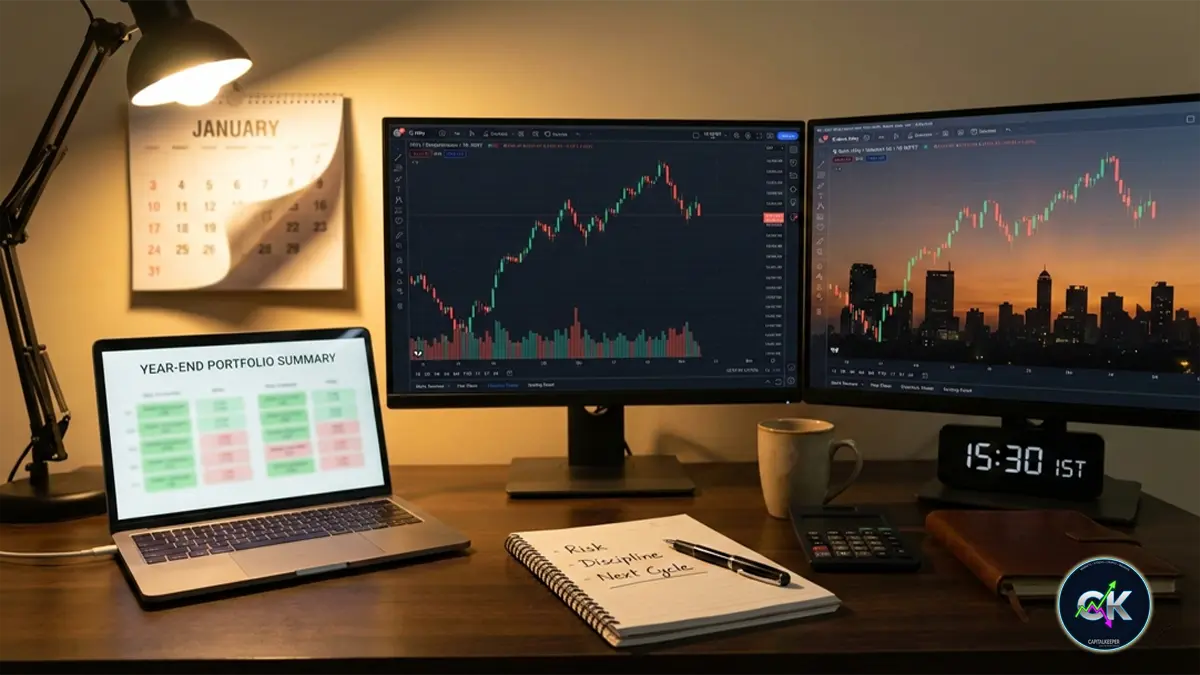

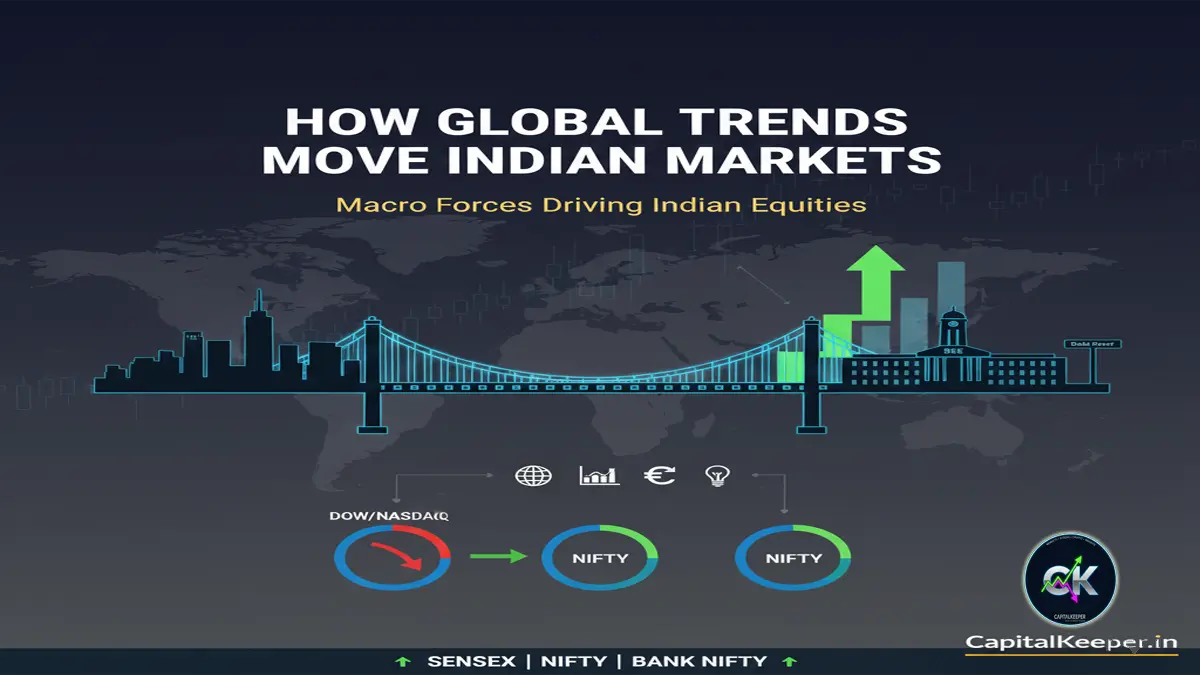



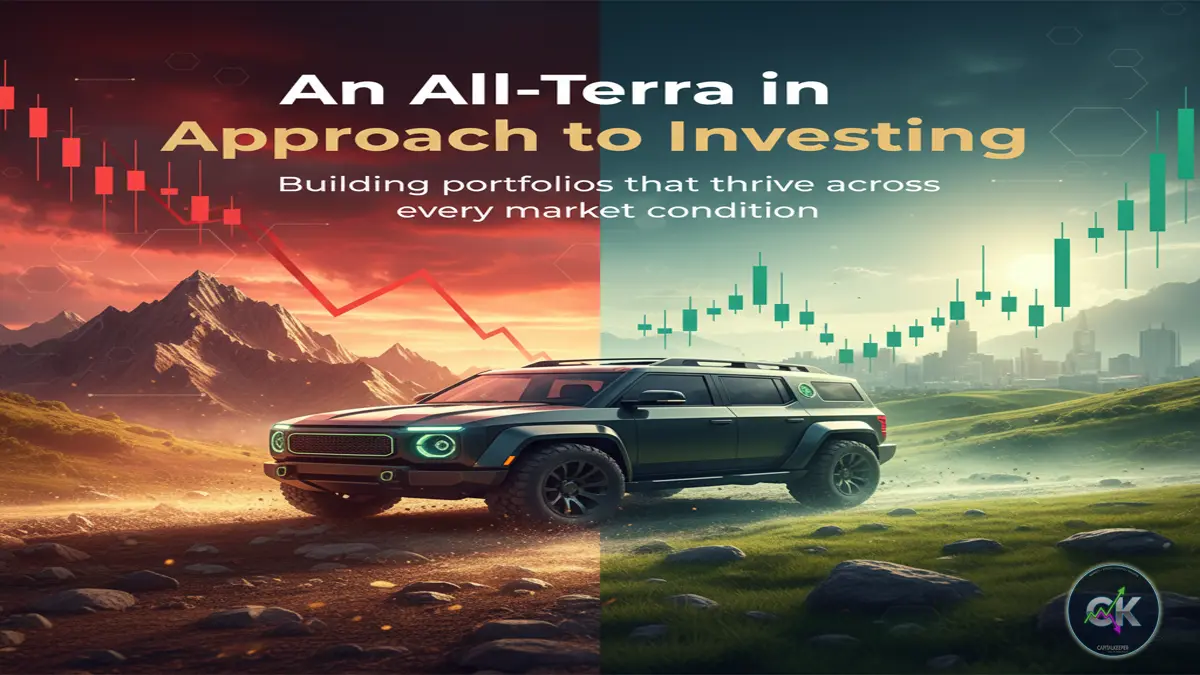

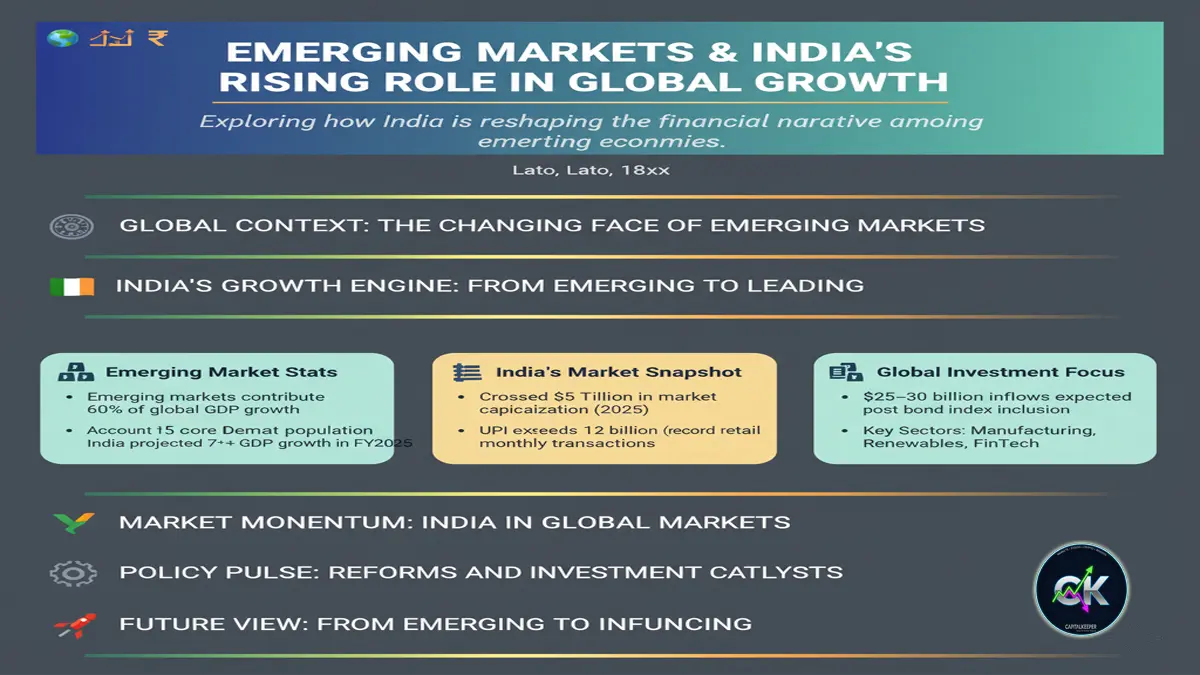

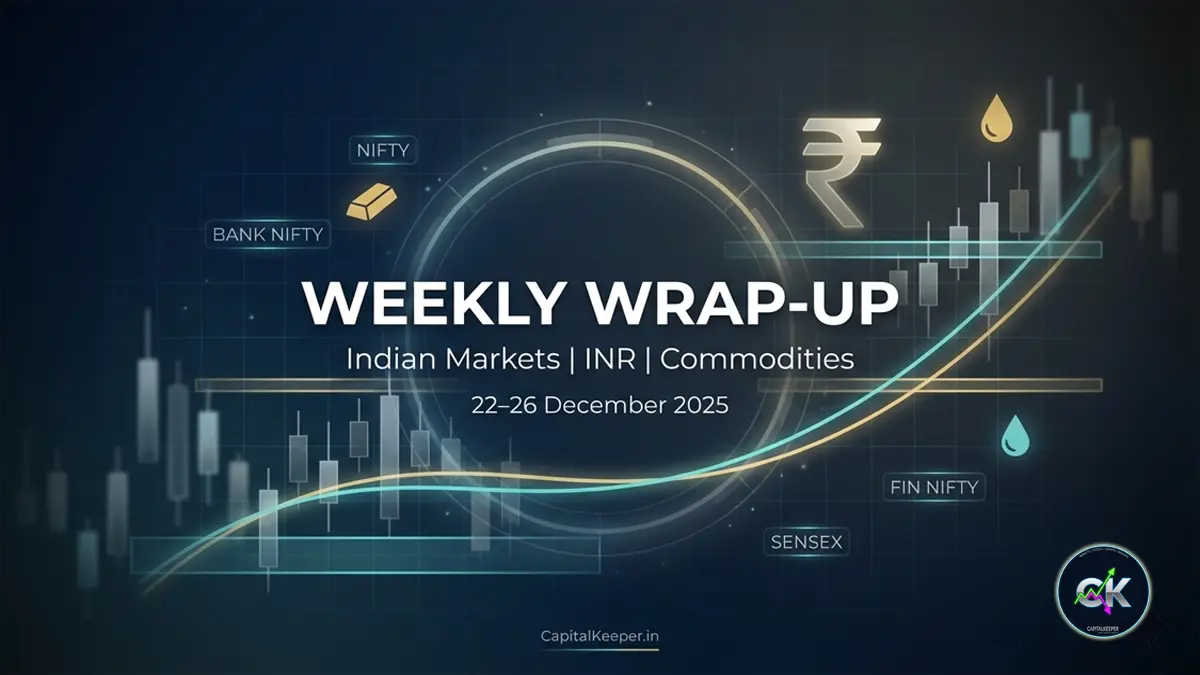
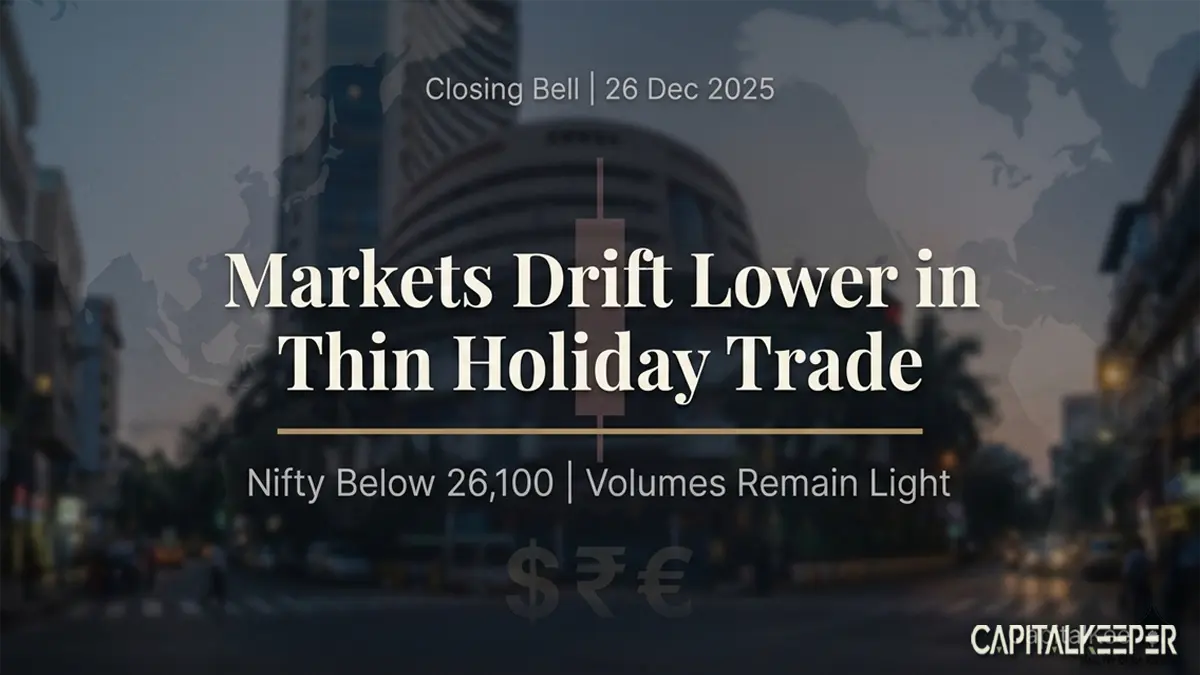
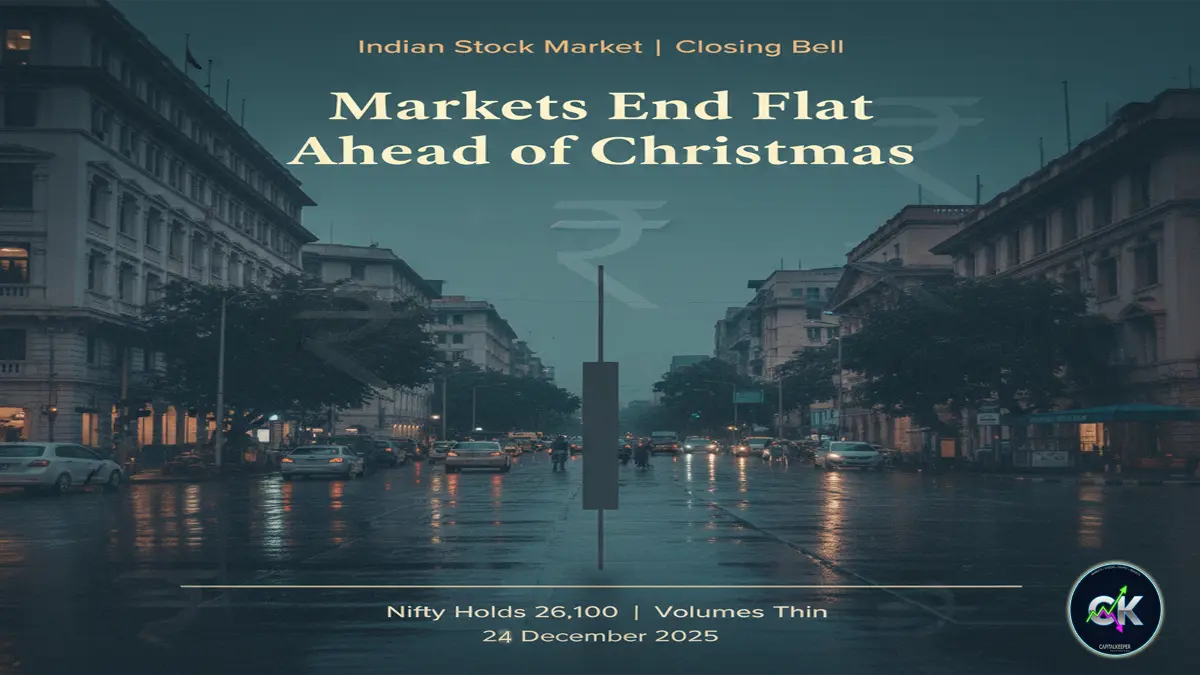
Leave a Reply